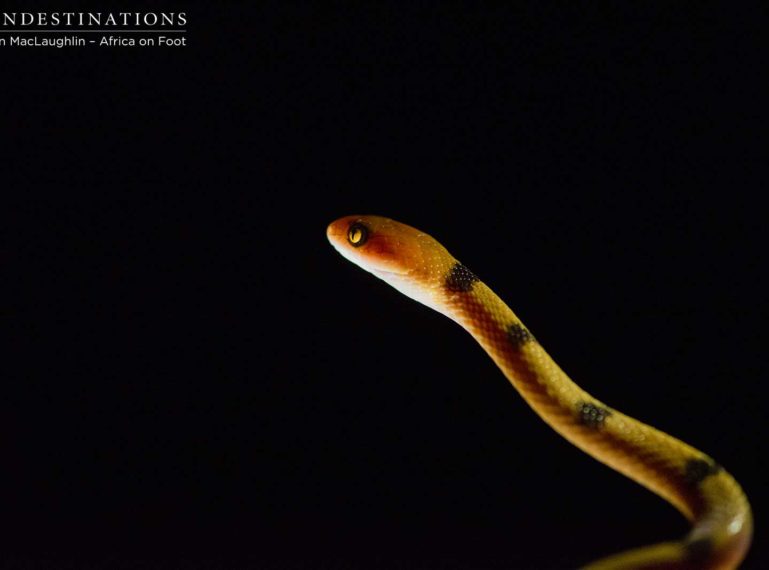
 There are estimated to be over 54 species of snakes slithering through the vast Kruger landscape. These fork-tongued species are gravely misunderstood and, contrary to alarmist belief systems, not all snakes are killing machines.
There are estimated to be over 54 species of snakes slithering through the vast Kruger landscape. These fork-tongued species are gravely misunderstood and, contrary to alarmist belief systems, not all snakes are killing machines.
The dangerous, mildly venomous, deadly and harmless variety of snake species can be found in abundance in the Klaserie. Hate them, love them or respect them; the Serpentes is one of the most fascinating reptiles to study. There’s a certain mysterious and eerie aura surrounding snakes.
Humans cannot read their emotions and identify with their behaviour, so naturally, that which we do not understand we fear. In many African tales of myths and legends, the snake is perceived as being an evil entity and hence there is plenty of superstition surrounding their existence.
The truth is, snakes don’t seek to attack. Most of the time they’re quite placid, apart from when provoked, handled or accidentally stood on – which is when most bites happen. Snakes will feel the vibrations of an object approaching and soundlessly retreat to a safe space. We actually have no real reason to irrationally fear snakes. Despite their scaly and slimy looking appearance they’re quite smooth and almost velvety to the touch!
Snakes can be very tricky to classify in the wild, so it’s always recommended that you don’t ever handle one. Rhombic markings could be mistaken for complex chevron markings. An example of mistaken identity might be that the deadly haemotoxic Boomslang can easily be mistaken for the harmless placid spotted bush snake.
While out on game drive with Africa on Foot, photographer/videographer and passionate guide Kevin MacLaughlin spotted a common tiger snake in the darkness. Its burnt orange colourings with typical banded markings reflect similar markings to that of a tiger – a dead giveaway to the type of snake species.
While the pinpricks of stars shone on the land below, the only other beacon of bright colour was this delightful “Telescopus semiannulatus” snake. This snake is also known as the African tiger snake, tiger snake, tiger cat snake, striped cat snake and gewone tierslang.
After a few minutes of snapping away with their mighty zoom cameras, the snake decided it was time to disappear into the abyss of darkness, leaving another memorable sighting for the books. This rarely talked about snake is classified as mildly venomous and isn’t a threat to man. You’ll find this nocturnal species feasting mainly on lizards, fledglings and small rodents. The common tiger snake has a wide distribution and can be found in arid areas, savannah and lowland forest. During the day it seeks refuge in hidden areas and will come out at night to feed.
Often confused with the coral snake, the common tiger snake does have striking similarities; but thanks to Kevin’s experience in Herpetology he was quickly able to identify this graceful species.
A Few Interesting Facts About Snakes:
- There are three types of deadly venom found in venomous species of snakes. Certain snakes contain a cocktail of venoms, making them ultra potent. Haemotoxic venom which means the venom causes blood to ooze and eventually involves internal bleeding. Neurotoxic venom attacks the neural pathways and their is pain at the site of the bite. Expect blurred vision, slurred speech and difficulty breathing. Cytotoxic venom involves the attack and necrosis of the tissues within the body.
- More than 98% of snakebites will not be fatal (ref: Snakes of Southern Africa, Johan Marais)
- Juvenile snakes that are in the venomous category are born with venom glands and a full set of fangs; making them equally as venomous as their parents.
- When snakes hatch from their eggs, the parents show no interest in them. They are left to fend for themselves, which is why there is such a high mortality rate in the wild. Only the strong survive!
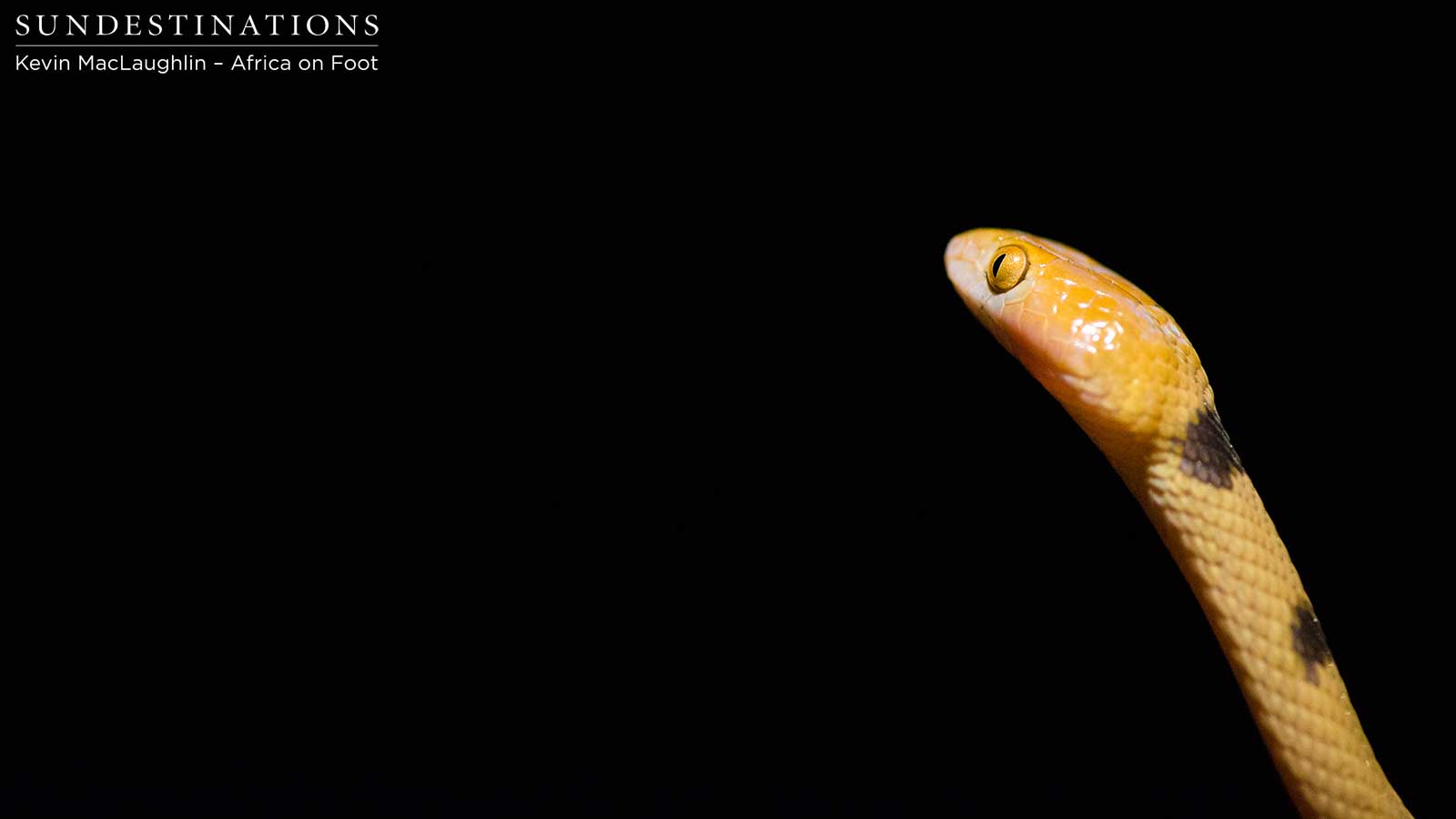
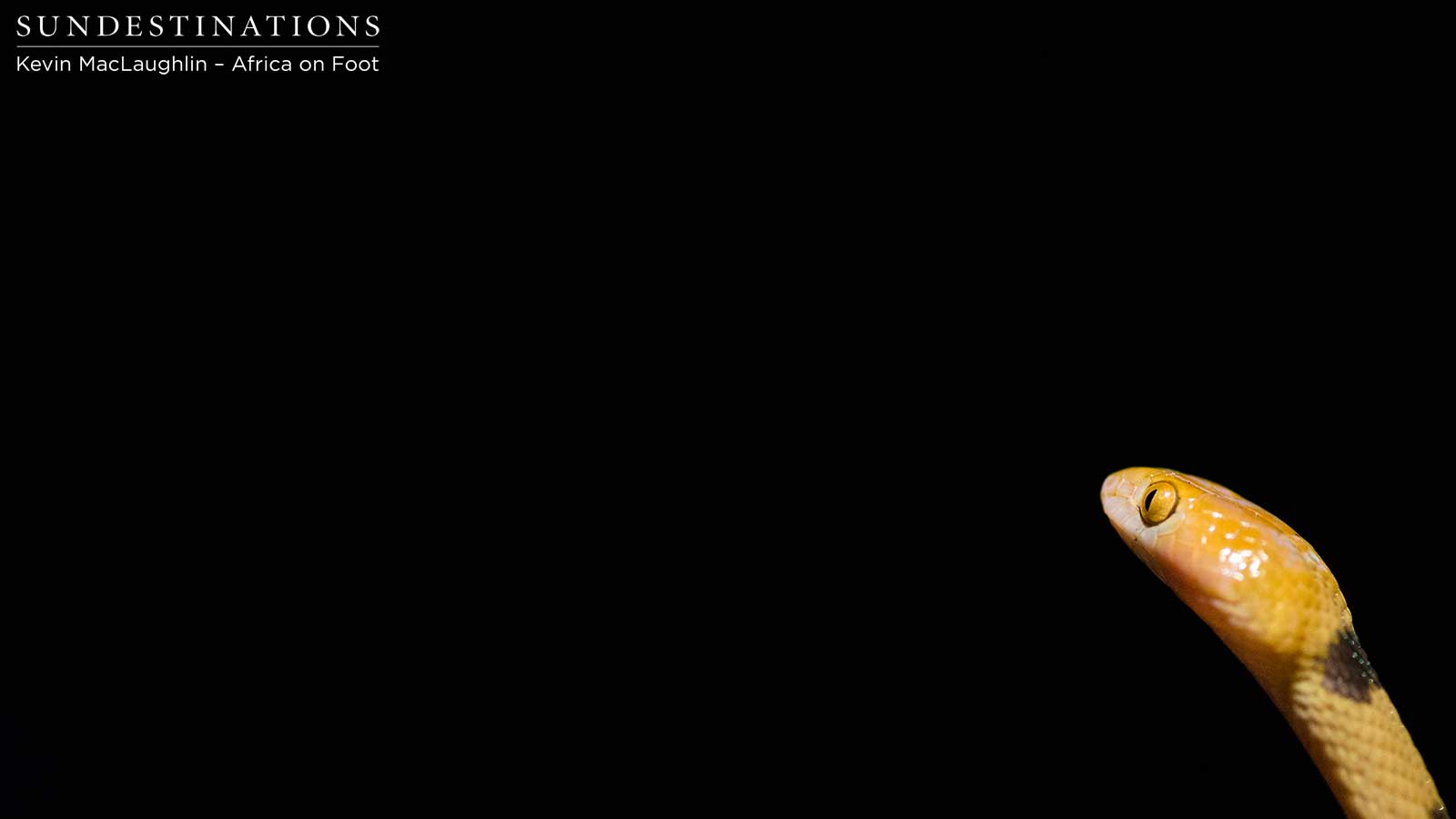
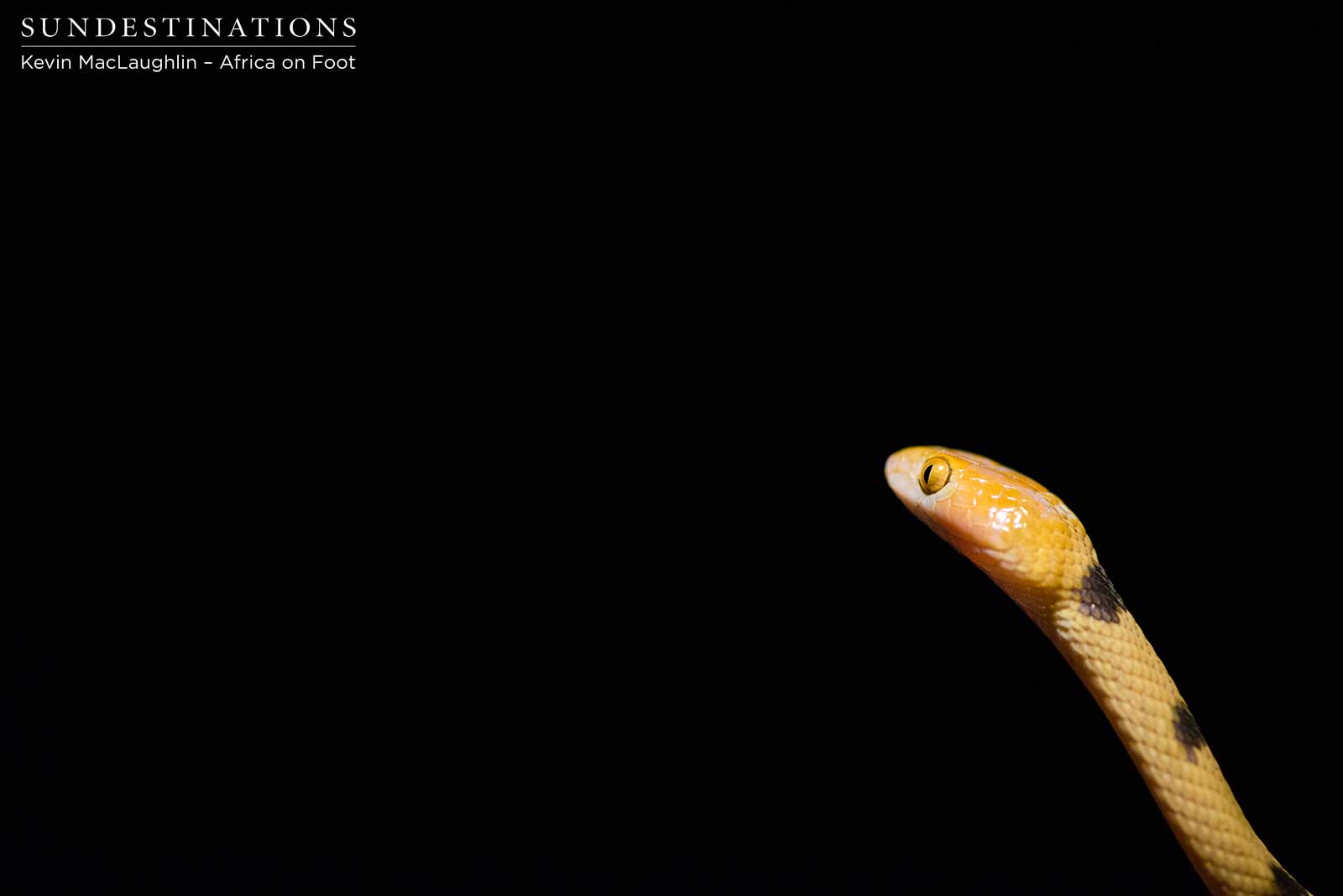
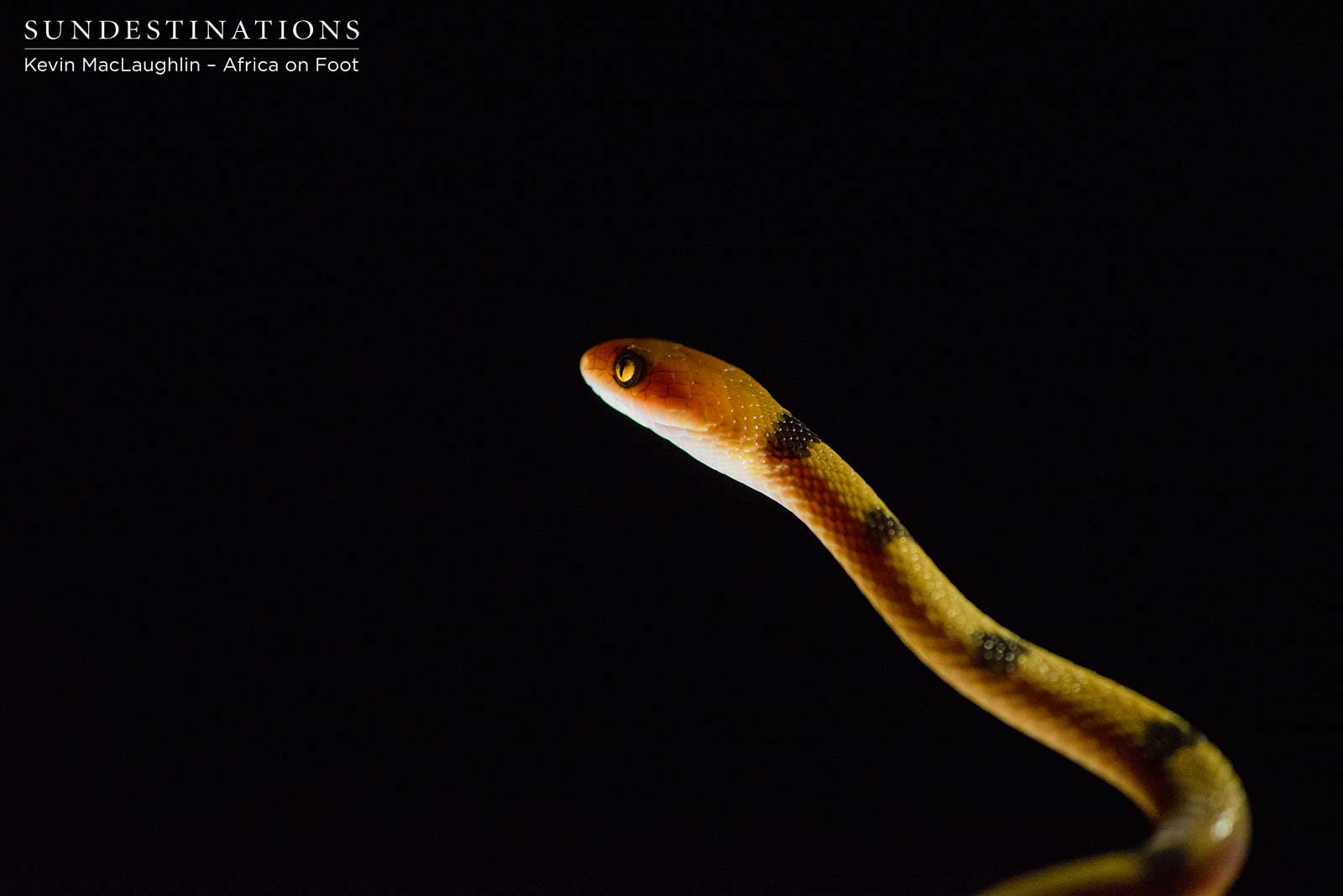
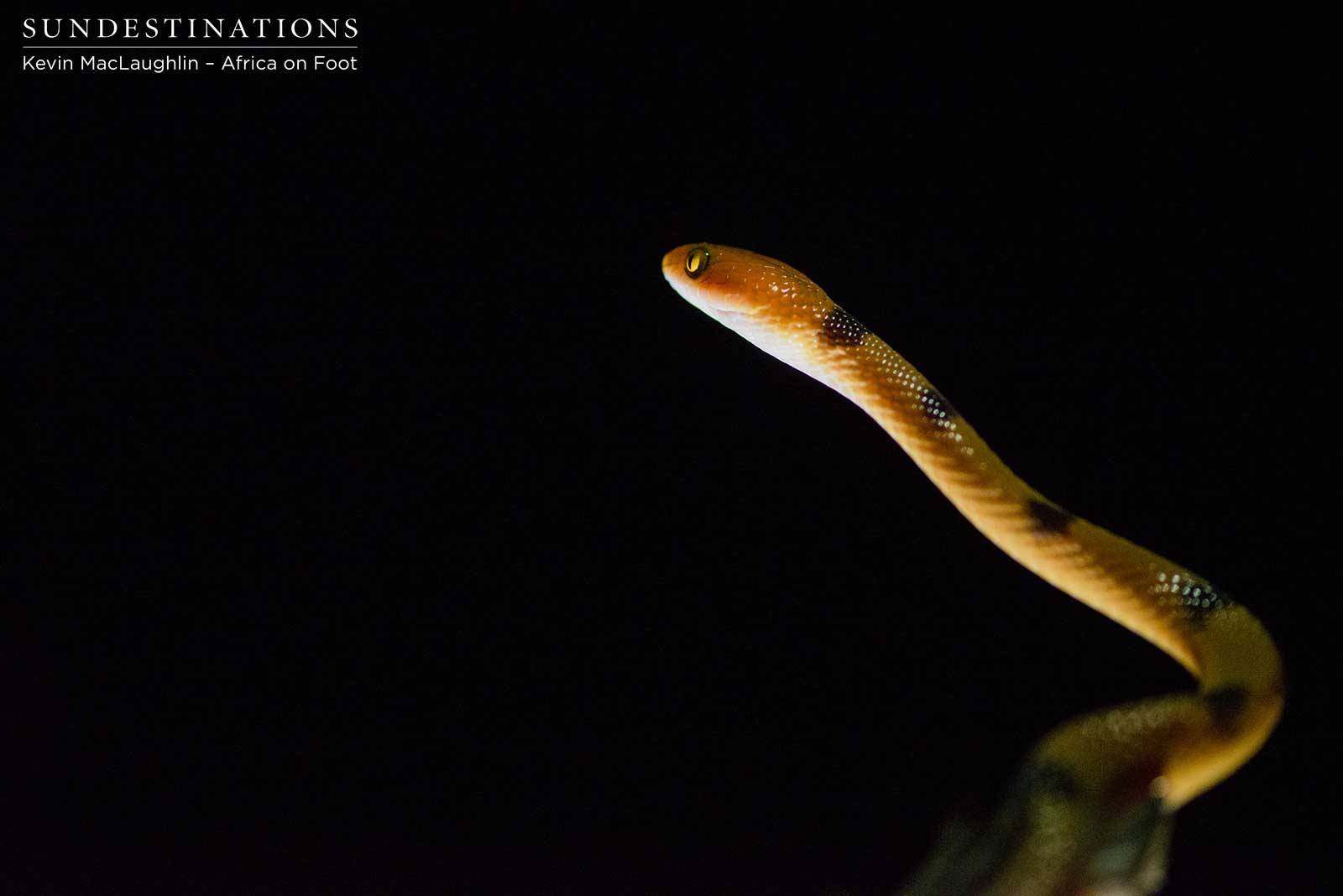
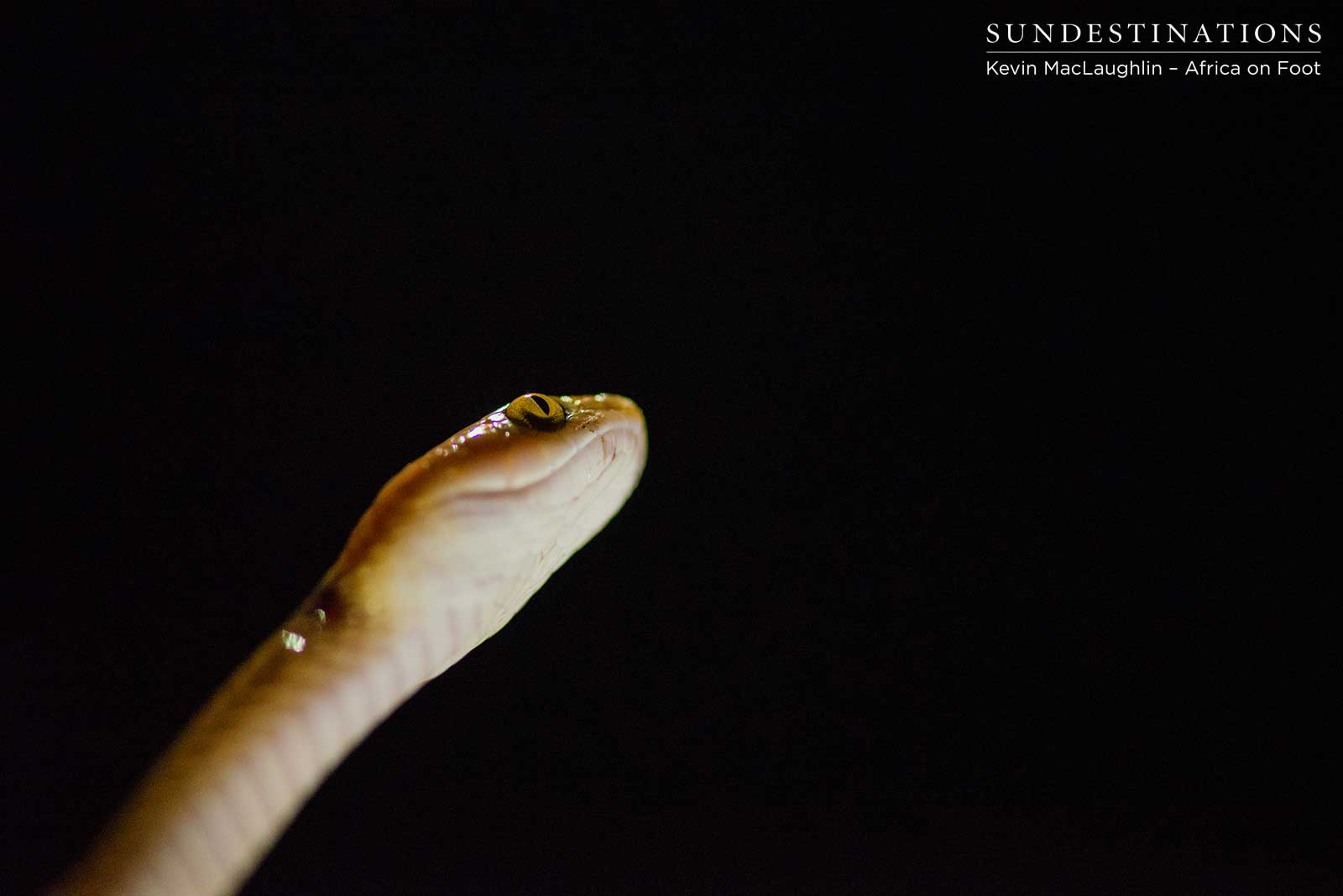
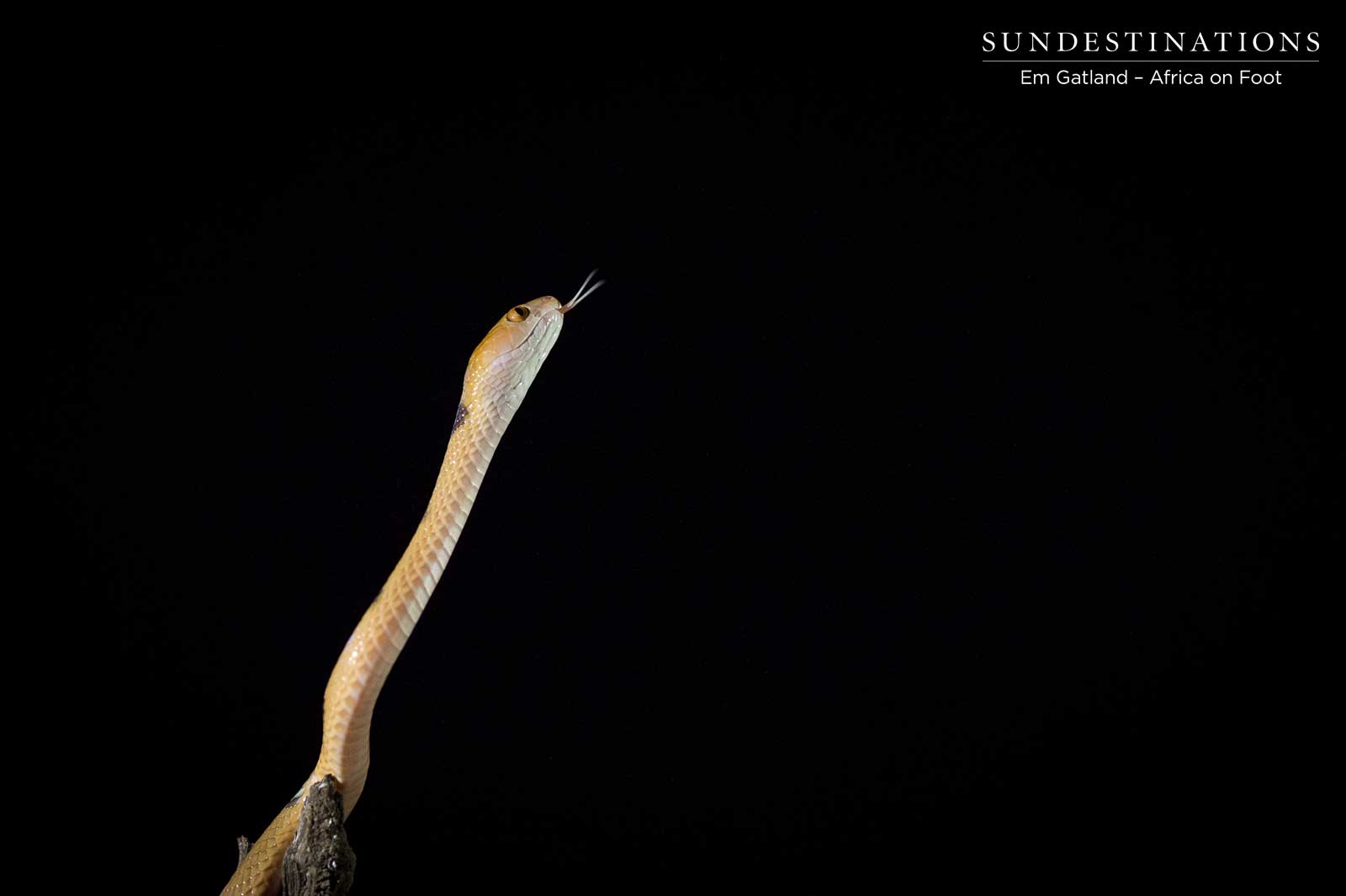
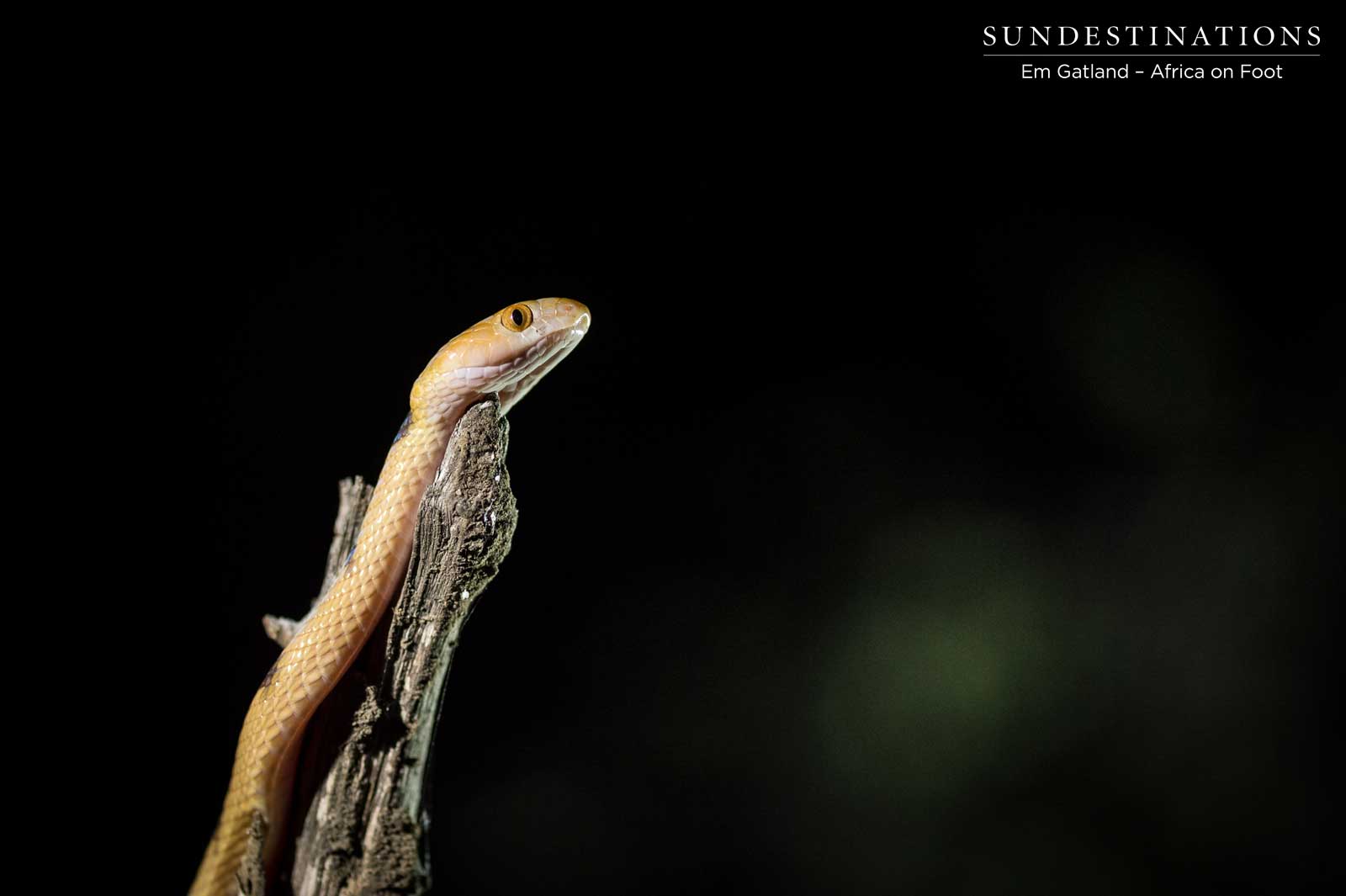
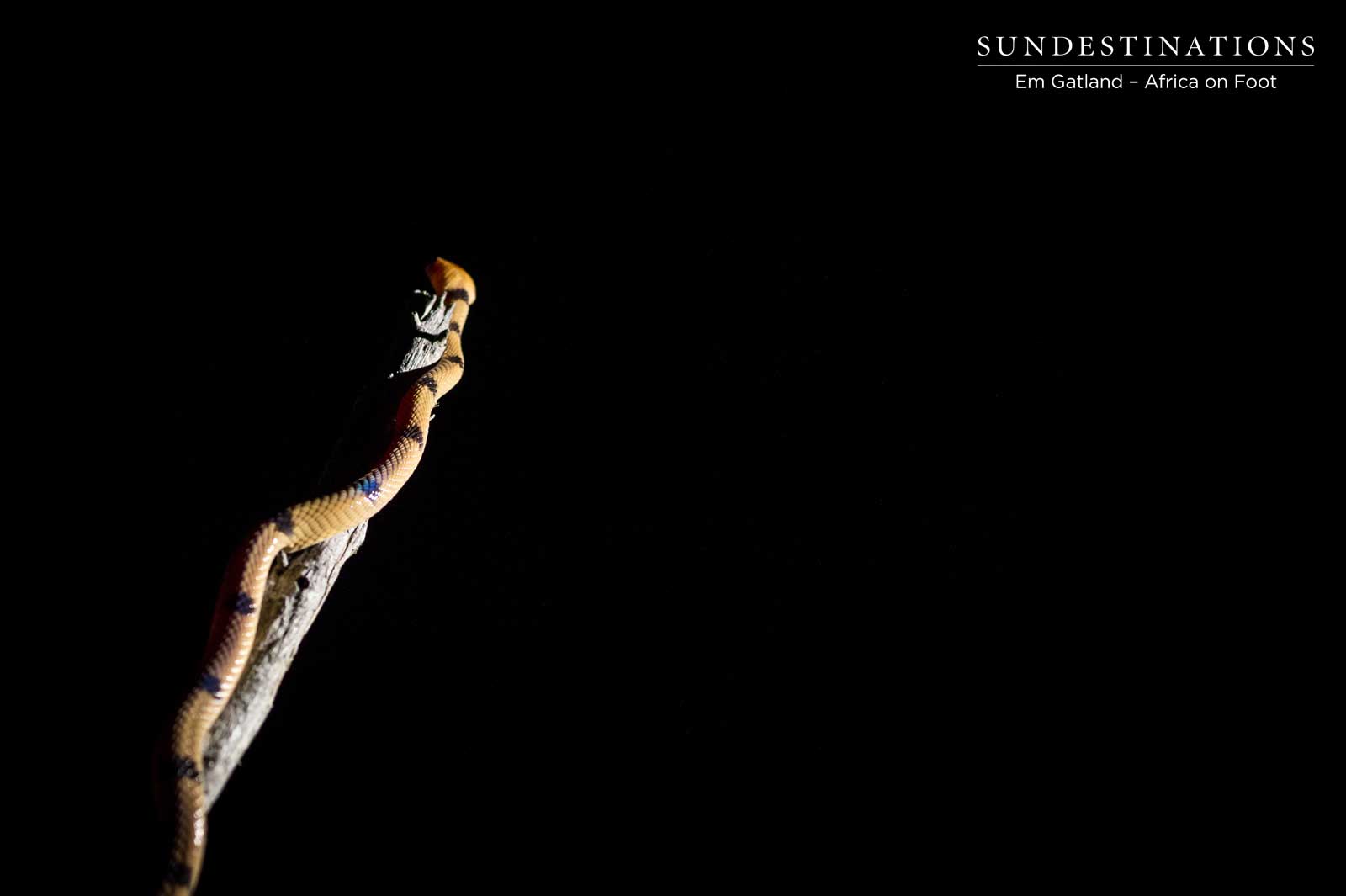
Leave a Comment